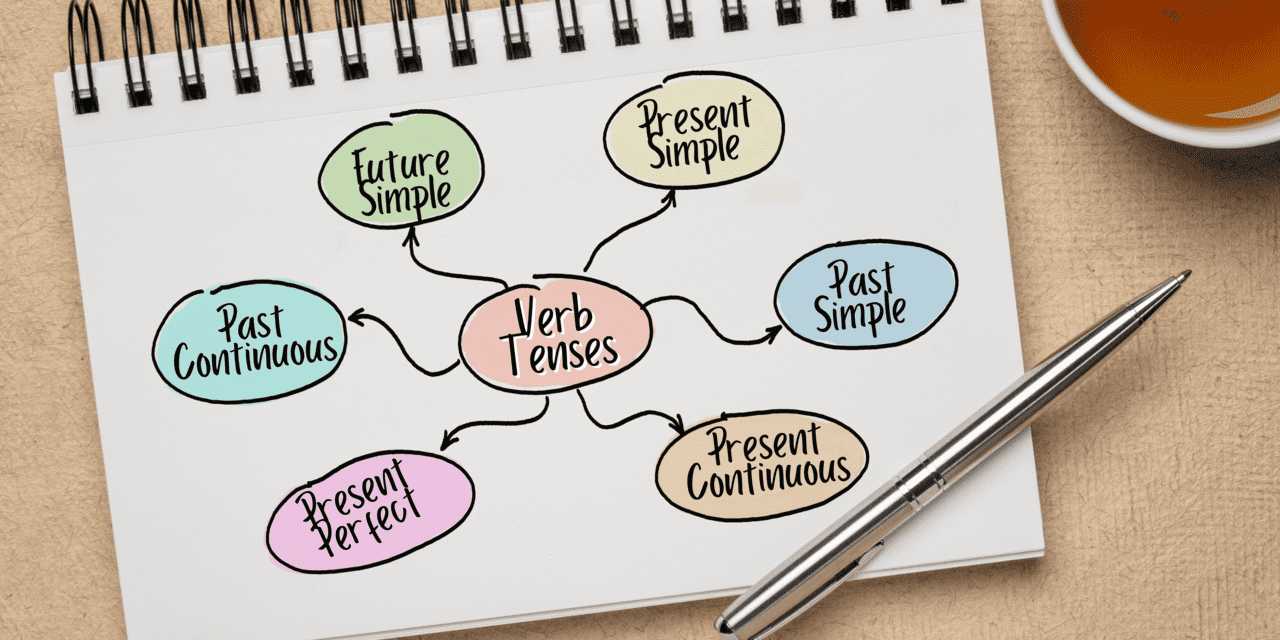Mind mapping is a powerful tool that can help learners organize and enhance their English language skills, particularly in vocabulary and grammar. By creating visual diagrams that connect related ideas, you can break down complex language concepts, making them easier to understand and retain. In this article, we’ll explore how mind mapping works and how it can significantly boost your English learning journey.

1. What is Mind Mapping?
Mind mapping is a technique where you create a visual representation of ideas around a central theme. It’s a non-linear way of organizing information, allowing you to visualize relationships between different concepts. When learning English, mind mapping can help you organize new vocabulary, understand grammatical structures, and even plan essays or conversations.
A typical mind map starts with a central idea or word in the middle of a blank page, and then branches out to related concepts, each connected by lines. For example, if your central word is "travel," branches could lead to related words like "destination," "adventure," "itinerary," and further sub-branches like "flight," "passport," and "packing."
Read our other articles:
Mindfulness in Language Learning
English Learning Hacks for Busy People
2. How Mind Mapping Enhances Vocabulary
One of the most effective uses of mind mapping in language learning is vocabulary development. It helps you visually connect new words with familiar ones, making it easier to remember and understand their meanings.
- Cluster Vocabulary by Topic: Create a mind map with a central theme, like "Food," and branch out into different categories such as fruits, vegetables, and cooking methods. For each sub-category, you can add more specific words, creating a visual network of terms.
- Contextual Learning: Mind mapping also encourages learning vocabulary in context. For example, you could start with the central word "restaurant" and then build out branches for "ordering," "menu items," and "conversation phrases." This helps you see how new words fit into real-life situations.
Mind maps make it easier to see the relationships between words, which deepens your understanding and aids memory retention.
3. Improving Grammar with Mind Maps
Grammar can sometimes feel overwhelming, but mind mapping breaks it down into smaller, more manageable chunks. Visualizing the connections between grammar rules makes them easier to understand and apply.
- Grammar Rules: You can use a mind map to break down complex grammar rules, like verb tenses. Start with "Verb Tenses" as the central idea and branch out into "Present," "Past," and "Future." For each tense, you can add further sub-branches, such as "Present Continuous," "Past Perfect," and "Future Simple," with examples under each.
- Sentence Structure: Mind maps can also be useful for organizing sentence structure. Start with a basic sentence and then create branches that show the various components, such as subject, verb, object, and modifiers. This helps you understand how sentences are constructed and how to apply different grammatical rules.
4. Boosting Creativity and Writing Skills
Mind mapping is also a powerful tool for writing in English, helping you brainstorm ideas, structure essays, and even craft creative stories.
- Essay Planning: If you're writing an essay or paper in English, a mind map can help you organize your thoughts before you begin writing. Start with your main thesis in the center and create branches for supporting arguments, examples, and conclusions.
- Creative Writing: For creative projects, such as writing a story, mind maps allow you to visually outline your plot, characters, and key events. This process not only helps you organize your thoughts but also stimulates creativity by allowing you to see connections you might not have noticed otherwise.
5. Making the Most of Mind Mapping
To get the most out of mind mapping, here are some practical tips:
- Use Color and Images: Mind maps are most effective when they’re visually engaging. Use different colors for each branch or category and incorporate images or symbols to represent ideas. This makes your map easier to remember and more interesting to review.
- Keep It Simple: While it can be tempting to make an overly complex mind map, keeping it simple and clear is more effective for learning. Start with broad categories and build outward as needed.
- Review Regularly: Mind maps are most useful when reviewed frequently. Spend time revisiting your maps to refresh your memory and reinforce what you’ve learned.
6. Digital Tools for Mind Mapping
There are several digital tools available that make creating and editing mind maps easy:
- MindMeister: A popular online mind mapping tool with features for collaboration and cloud storage.
- XMind: Offers templates and various customization options to create visually appealing mind maps.
- SimpleMind: An easy-to-use app for both desktop and mobile devices, perfect for on-the-go mind mapping.
These tools offer flexibility, allowing you to create, update, and share your mind maps digitally.
Conclusion
Mind mapping is a simple yet powerful technique that can revolutionize how you approach learning English. Whether you're looking to expand your vocabulary, master grammar rules, or enhance your writing skills, mind maps can help you organize information visually and understand connections between language concepts. By integrating mind mapping into your study routine, you'll improve your ability to learn and retain English more effectively, making the process both enjoyable and productive.
Download Bookvo Now!










